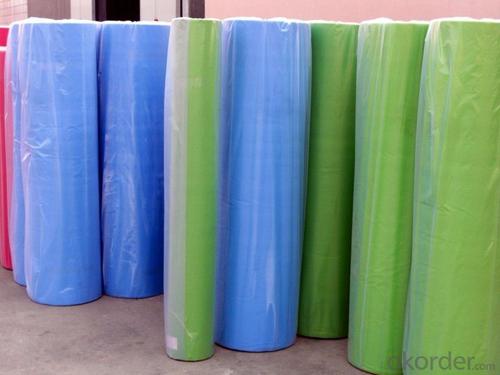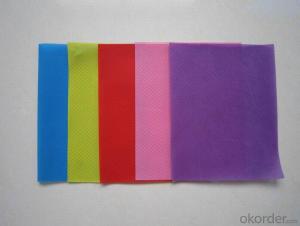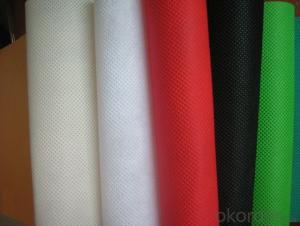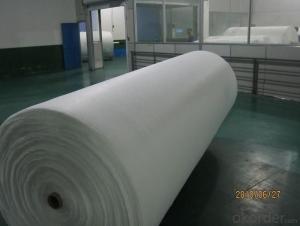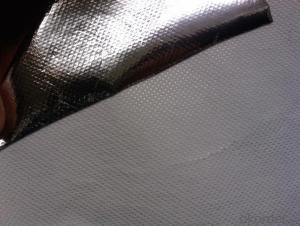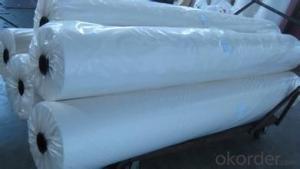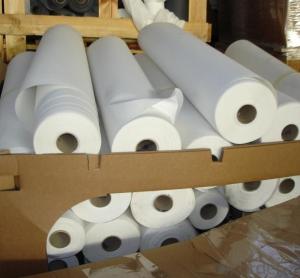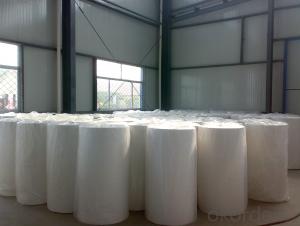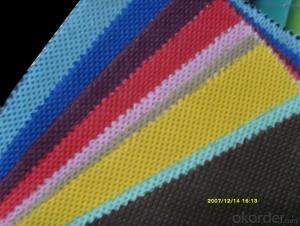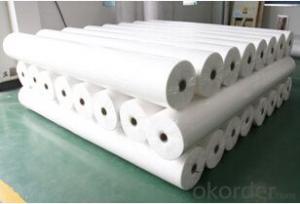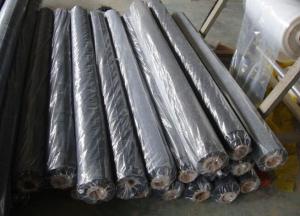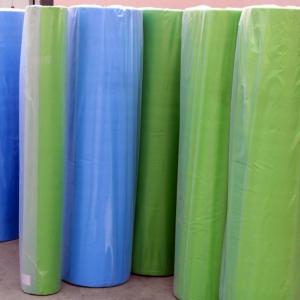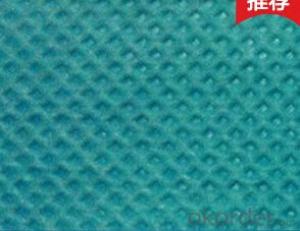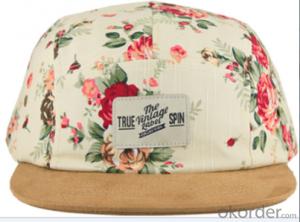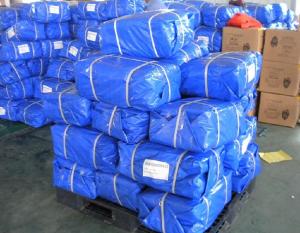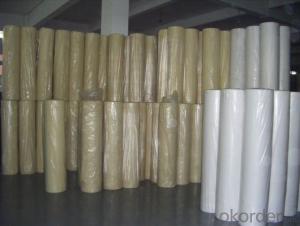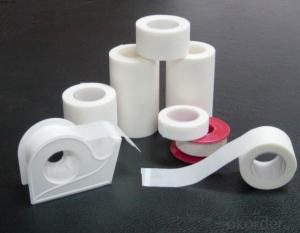PP Non Woven Fabrics for Shoes / Bedsheet / Weed control
- Loading Port:
- Shanghai
- Payment Terms:
- TT OR LC
- Min Order Qty:
- 1000 roll
- Supply Capability:
- 10000 roll/month
OKorder Service Pledge
OKorder Financial Service
You Might Also Like
PP non woven weed control mat is made of environmentally friendly raw materials, pp spunbond nonwoven fabric. It used to prevent the growth of weed, without the use of potentially dangerous chemical sprays or labor intensive hoeing. Once installed, weed mat will continue providing protection for years without maintenance.
They are permeable fabrics, which allow air, water and nutrients to pass through, and designed to block out the sun to reduce photosynthesis and stop weed growth.

The use of landscaping fabrics has become extremely popular in recent years for many reasons:
1. Leisure time is maximised - the need for weeding and on-going maintenance is minimised
2. Environmentally friendly - no need for chemical based weed killers
3. Promotes healthier plants - it allows the soil to breath and water to permeate
We offer different types of weed control fabrics to suit all applications and budgets.
1. Available in a range of sizes & materials to suit various applications from small to large landscaping projects, in both commercial and domestic situations.
2. All our landscape fabrics are UV stabilised
3. Ideal for use under paths, patios, decking, paving, bark mulch, gravel etc.
FEATURES:
1. Weed suppressant and drainage control landscaping fabric
2. Spun bonded non-woven fabric – will not fray when cut
3. Easy to use
4. Environmentally friendly
5. Allows water, air and nutrients through, suppressing weeds without the use of chemicals
6. Good alternative to Plantex® where cost is a factor
7. UV Stabilised
8. Reduces the level of watering required due to the slower rate of water evaporation
FUNCTION:
1. Cover crops in the ground surface,prevent weeds and against the insect
2. Controlling soil humidity and the temperature
3. Does not affect the growth of the crops
4. Protects plants from harmfully solar radiation
5. Air permeability, water permeability help crops growth.
6. Mothproof, eco-friendly, breathable, anti-bacteria, tear-resistant, fusible
APPLICATIONS:
1. Weed block for landscaped garden beds
2. Permeable liners for planters (stops soil erosion)
3. Weed control under wooden decking
4. Geotextile for separating aggregate / soils under walkway blocks or bricks
5. Assists in preventing paving from settling unevenly
6. Landscape fabric prevents soil erosion
Health - Hygiene & Medical
Surgical Gowns
Gloves
Face Masks
Foot covers
Diapers
Caps
Bedsheets
Curtains
Pillow Covers
Slippers
Packaging
Sleeping Bags
Tarpaulins
Tents
Artificial Leather
Bags for Rice/Sugar etc.
Luggage
Vacuum Cleaner Bags
Tea and Coffee Bags
Buff Pads
Shopping Bags
Agriculture
Crop Covers
Turf Protections
Nursery Over wintering
Weed Control Fabrics
Root Bags
Containers
Capillary Matting
Other types of covers
Furniture Upholstery
Roofing and Tile Underlayment
Acoustical Ceilings
Insulation
House wrap
Pipe wrap
Sofa and Mattress Lining
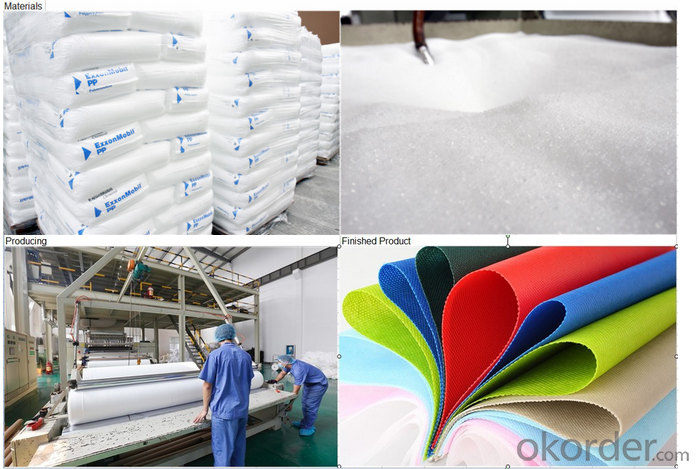
Shoes & Garments
Coveralls
Pillow cases
Airline Headrests
Interlinings
Clothing and Glove insulation
Bra and Shoulder Padding
ADVANTAGES:
1. Lower labour costs as no weeding maintenance for years;
2. Water seeps through and can conserve soil moisture for improved growing conditions;
3. Air escapes – humidity rises through the mat for a more controlled growing environment;
4. Increase crop yields close to 25% due to improved growing conditions and absence of water stress and competition of nutrients absorption from weeds;
5. Minimises bacteria and fungus problems especially Algae;
6. Strong, woven construction or pressed fibre sheet resists tears and punctures;
7. Resistant to mildew, rot, water, sunlight and most of the agricultural chemicals
8. Fertilizer is applied on the mat, thus helping the owner or estate manager to monitor the progress of manuring;
9. Prevents soil erosion or leaching of soil nutrients or fertilizers applied;
10. Environmental friendly.
FAQ:
Q .What is the material of the non woven fabric ?
A .PP spunbond non woven fabric
Grade A: 100% Polypropylene
Grade B: 90% Polypropylene +10% filling
Q .What about the width of the non woven fabric ?
A .We can cut the fabric as your requirement. Our width of machine is 240cm, so the max of the width is 240cm
Q .What about the color ?
A .Any color is available. You just need to give me the Panton Num or send me your sample. Then we will make the color samples to you for approve
Q .What about the GSM ?
A .The thinnest of the fabric that we can produce is 9g, and the thickest is 250g. Normally the fabric that used in bag making is 50-100g, the agricultural used is 17-50g, the home used fabric is 40g and so on...
Q .What about the delivery time ?
A .We can finish the production in 2-3 days (40ft HQ)
Q .What about the price ?
A .We are the factory of the PP nonwoven fabric, We can supply you with good quality and favorable price
- Q: Textile raw materials of mineral fiber
- The preparation of chemical fibers, usually the first natural or synthetic polymer or inorganic materials made of spinning melt or solution, and then filtered, measured by the spinneret (plate) out into a liquid stream, then Solidified into fibers. At this time the fiber is called the primary fiber, its mechanical properties are poor, must go through a series of post-processing processes to meet the textile processing and use requirements.
- Q: What is a textile fabric?
- But also to distinguish a few concepts: people cotton fabric: that is not dyeing or other finishing or processing of the loom down the cloth. The premise is that people cotton, so of course pure glue rather than blended.
- Q: The difference between double distribution and processing in textile fabrics
- Processing - the fabric is your own to buy, you get inside the factory processing
- Q: China textile products do not how points? What kind of?
- Equipment transformation pace fast, high level of technical equipment. In recent years, Jiangsu, Zhejiang and Shanghai attaches great importance to improve the level of textile technology and equipment, increasing investment, a variety of new textile processing equipment increased significantly, and become the most concentrated areas of the national water jet looms.
- Q: Clothing and processing and processing into what auxiliaries
- Weaving will also use the oil machine to reduce static electricity, behind the fabric is finishing, this part of the additives used to too much, mainly in terms of product functions
- Q: What is the meaning of the number of yarns used in cotton textiles?
- Yarn is woven into a certain strength by the fineness, and can be processed into any length of material, it is the basic unit of fabric composition.
- Q: What is the earliest textile raw material?
- Textiles of different periods are one of the measures that measure the progress of mankind and civilization
- Q: Classification of cotton textiles
- According to the use can be divided into clothing with textiles, decorative textiles, industrial supplies three categories;
- Q: Why can the oil industry be used as raw materials for the textile industry?
- Commonly used textile industry raw materials are: polyester: polystyrene dicarboxylate; nylon: polyamide fiber; polypropylene: acrylic fiber; acrylic: polyacrylonitrile fiber; polyvinyl chloride: polyvinyl chloride; vinylon: polyvinyl alcohol shrink Aldehyde fiber; aramid: poly (p-phenylene terephthalamide).
- Q: The Development of Textile Industry
- China's textile enterprises should overcome the difficulties of rising raw materials, appreciation of the renminbi and export tax rebates, seize the opportunities for the development of the textile industry, increase the concentration of the industry, curb the blind expansion of inefficient production capacity, increase the construction of special industrial parks, strengthen independent innovation The pace of China's textile industry to enhance the brand building, industrial restructuring and upgrading. So that China by the textile power to the textile power forward.
Send your message to us
PP Non Woven Fabrics for Shoes / Bedsheet / Weed control
- Loading Port:
- Shanghai
- Payment Terms:
- TT OR LC
- Min Order Qty:
- 1000 roll
- Supply Capability:
- 10000 roll/month
OKorder Service Pledge
OKorder Financial Service
Similar products
Hot products
Hot Searches
Related keywords



